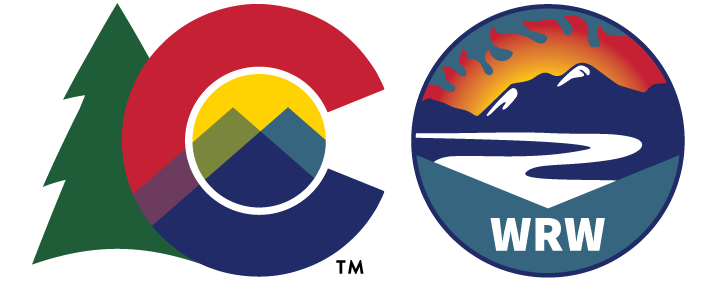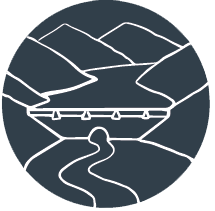
VALUE AT RISK:
Agricultural Water
-
Sediment and debris from fire-impacted watersheds can clog water intake structures and result in ditch overtopping, fill in conveyance, as well as degrade the stability and function of the natural channel. That same ash and sediment can clog sprinkler filtration and drip systems and compromise water quality for livestock and irrigation.
-
Before fires occur, water users should compile a detailed inventory of assets to understand where pre-fire protection measures should be focused. Hard measures to capture sediment and larger debris—such as debris basins, floodplain reconnection, and debris racks—can be installed above critical diversion structures and ditches.
An operations, monitoring, and maintenance plan (OM&M) can be prepared for surface diversions to identify vulnerabilities and what actions are required to ensure the diversion is operating effectively and efficiently. OM&M actions may include routine inspection and repair of the various diversion structure components including headgates, the water conveyance system (canal, ditch, pipe), in-stream features to build head, screen or pass fish, or improve sediment transport, and water measurement devices.
Additionally, the development of a warning system that alerts users to when major debris or sediment loads may be moving through the system can allow users to shut off supplies and protect intakes, ditches, and canals from the worst quality water.





